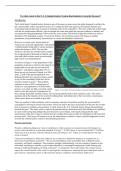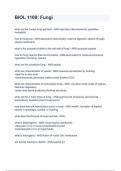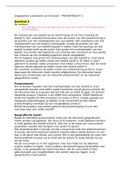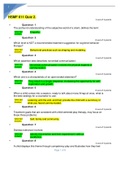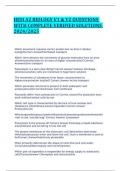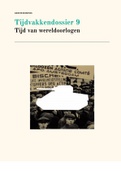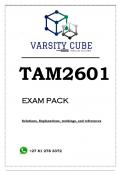Essay
EPQ Essay (A*; 49/50) [AQA]
This is an EPQ essay marked under the AQA exam board. It was awarded an A* (49/50). This is to give you an idea on how to write an essay for the EPQ. It is most ideal if your doing a law essay. The title of this essay is: To what extent is the U.S. Criminal Justice System discriminatory towards the...
[Show more]
